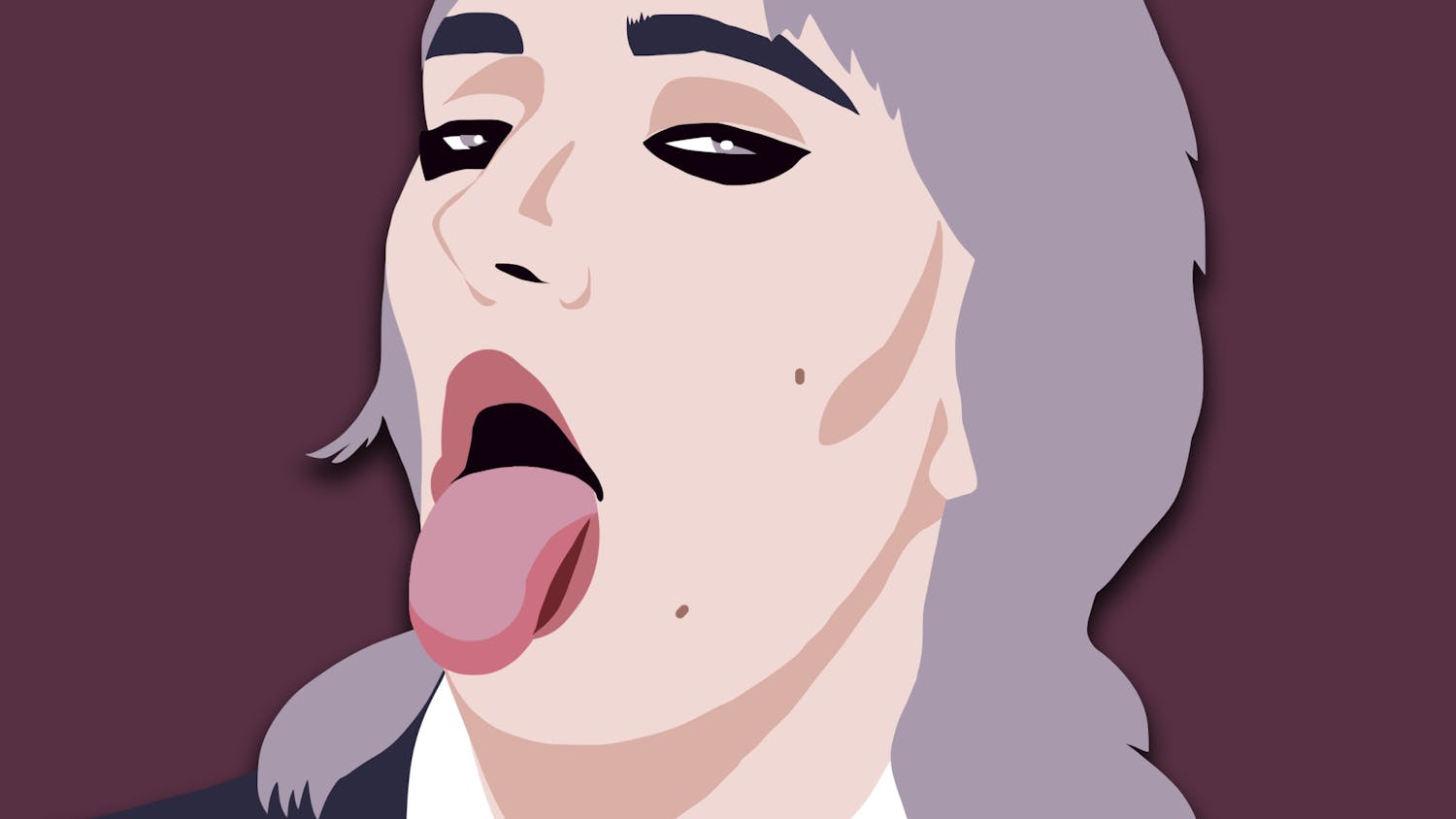When a bird sings during the dawn chorus or later in the sunlight, the tones and phrasing emerging from its beak repeat in a hypnotic and often moving way.
Nature granted male birds the ability to create beautifully pure-tone sounds to attract mates and assert personal territory. Some female birds, like the mockingbird, can also sing for the same purposes of courting and defense.
But to most humans, the singing of birds sounds more like a form of emotional expression, a joyous hymn from a sparrow or the reflective lamentations of a robin. This common, even subconscious, interpretation paints birds as nature’s purveyor of art and song, an idea embraced in a similar manner to the role of the artist or musician in society.
Whether in John Lennon’s somber “Blackbird” or Bob Marley’s elated “Three Little Birds,” songwriters have incorporated birds as not only a symbol for freedom but also instinctual expression. With their effortless flight and carefree songs and chirps, birds embody the life for which artists strive, one full of creation untethered by the tedium of constraint. Among recent relevant works, Solange’s “Cranes in the Sky” idealizes and supports this image of escape and autonomy.
For the artists, music or any other form of creation can feel like a natural impulse than a choice. Birds have no choice but to sing for their life’s fulfillment, artists have no choice but to create in the same passionate and legacy-building way. And both musical expressions — merely sound arranged over time — possess a deeper, abstract meaning about the capabilities of absorbing life’s strange gifts of song and practically inexplicable aesthetics.
Had I not mentioned birds sing for mating and territory, their songs might seem wholly spontaneous. But in either humans or birds, nothing comes from true spontaneity and is always devised deep in the neural firings in the mind before being brought forth into existence.
Although, in songs of all human and non-human languages, biological or sensical meaning is not necessary, only reaction and emotion. What matters more than words are deeper feelings of melancholy, joy, loneliness or alienation.
On Mount Eerie’s new album A Crow Looked At Me, which deals with the death of artist Phil Elverum’s wife, the words hold great impact in their obvious catharsis of death as a reality. But the true sadness of the album comes from listening to Elverum’s inflection of melancholy and thinly-masked despair.
Like the namesake crow, the songs with titles like “Real Death,” “Raven” and “Crow” deliver a reproduction of the power of earthly suffering, reaching from the same rawness of black metal music. And despite the modern references and exploration of social constructs, A Crow Looked At Me is appropriately named as a crow or nightingale could encapsulate the music’s message perched on a willow branch, lamenting in solitude and pain.
Of course, bird songs can also carry the essence of more hopeful music, such as Paul Simon’s “Homeward Bound” or The Shins’ “New Slang.” Only their compositions are interspersed with more noticeable silences, less structure and little temporal rush.
But perhaps the most important art and music deal not with content but with the act of loss and discomfort. Cheerful songs only act to distract while requiems heal. And although birds might not sing specifically for the dead, the right sounds from a black-feathered avian might give an unmistakable impression.
Like a bird’s haunting lament, the songs like Phil Elverum presents on A Crow Looked at Me or, for that matter, Sufjan Stevens sings on Carrie & Lowell regarding lost love and worn-out territory feel just as much a part of nature expressing itself as anything in the forest.
Songbirds fly among us and experience the same reality as humans. They are simply less aware than us but often more truthful. With attention, one might find the full spectrum of terrestrial emotion from the throats of both the robin’s beak and the broken heart.
Luke Furman is a junior studying journalism at Ohio University. Please note that the views and opinions of the columnists do not reflect those of The Post. What do you make of birds and musicians serving the same purpose? Let Luke know by tweeting him @LukeFurmanLog or emailing him at lf491413@ohio.edu.






